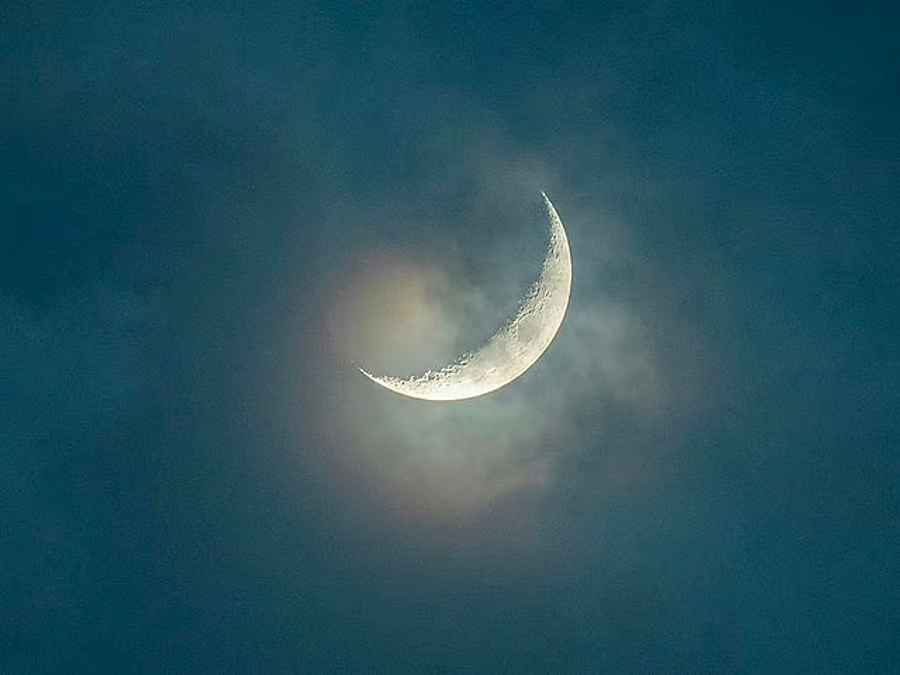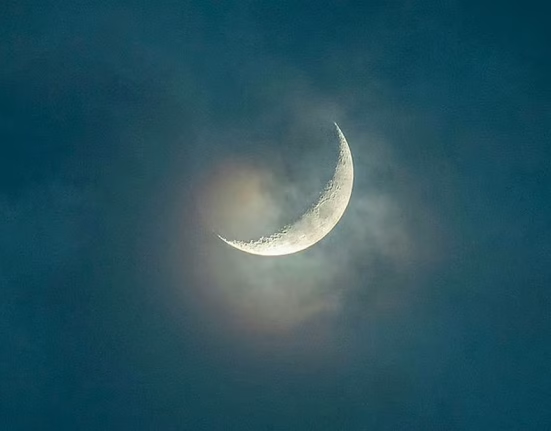News Report for KIIN360:
As preparations heighten across the Muslim world for the sacred season of Hajj and the upcoming Eid Al-Adha celebration, the United Arab Emirates has officially called on the public to participate in the sighting of the Dhu Al-Hijjah crescent on the evening of Tuesday, May 27, 2025. This important exercise will determine the commencement of the 12th and final month in the Islamic lunar calendar, during which the annual pilgrimage to Makkah is performed and the festival of sacrifice—Eid Al-Adha—is observed.
In line with Islamic tradition, moon sighting committees in the UAE and across other Muslim-majority nations will convene to determine whether the crescent moon has been sighted. The outcome of this sighting will dictate the precise date for the Day of Arafah and Eid Al-Adha. Based on astronomical forecasts, Eid Al-Adha is expected to fall on Friday, June 6, 2025, if the crescent is confirmed on May 27, though this remains subject to the actual sighting of the moon.
Astronomers have indicated that the crescent will be challenging to view with the naked eye due to its faint appearance and low altitude after sunset. In Abu Dhabi, for example, the moon will set approximately 38 minutes after the sun, and it will be just over 13 hours old with an angular separation of 7.7 degrees from the sun—making it unlikely to be spotted without the aid of telescopic instruments.
This situation is not unique to the UAE. Across much of the Middle East and North Africa, including cities like Mecca, Amman, and Jerusalem, similar conditions are expected. While Mecca may witness a slightly more favorable timing, the moon’s visibility will still rely heavily on atmospheric clarity and optical support. In North African cities such as Cairo and Rabat, the moon will appear slightly older and higher in the sky, but visual confirmation is still expected to be difficult without specialized tools.
If the moon is indeed sighted on the 27th of May, the Islamic calendar will mark the first of Dhu Al-Hijjah on Wednesday, May 28. This would place the Day of Arafah—the climax of the Hajj rites—on Thursday, June 5, and Eid Al-Adha would follow on Friday, June 6. However, if the moon is not sighted, the month of Dhu Al-Qi’dah will complete 30 days, pushing the start of Dhu Al-Hijjah by one day and adjusting the Eid date accordingly.
For Nigerian Muslims and intending pilgrims, this moon sighting marks a pivotal moment as the spiritual and logistical timeline of the Hajj and Eid Al-Adha becomes clearer. Nigeria, like other countries, traditionally follows the moon sighting confirmations from Saudi Arabia, given the synchronization of Hajj rituals in Makkah. The National Moon Sighting Committee in Nigeria is also expected to monitor the development closely and make a public announcement once Saudi authorities confirm the crescent sighting.
The observance of Eid Al-Adha, which commemorates Prophet Ibrahim’s obedience and willingness to sacrifice, is considered one of the holiest days in Islam. It is marked with special prayers, the sacrifice of livestock, and extensive charity to the needy. This year’s Eid celebrations are anticipated to be particularly significant, with millions of Muslims—including thousands from Nigeria—making the journey to the Kingdom of Saudi Arabia for Hajj 1446 AH.
As the Islamic world awaits confirmation of the moon sighting, Muslims are reminded of the spiritual importance of this period and encouraged to prepare for both Hajj rites and the joyous celebrations of Eid that follow.

